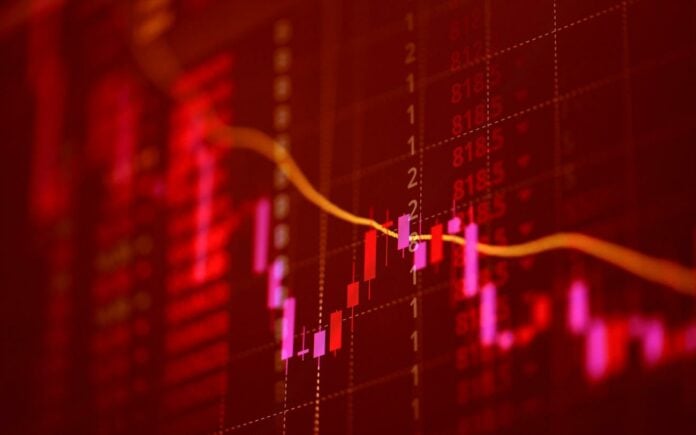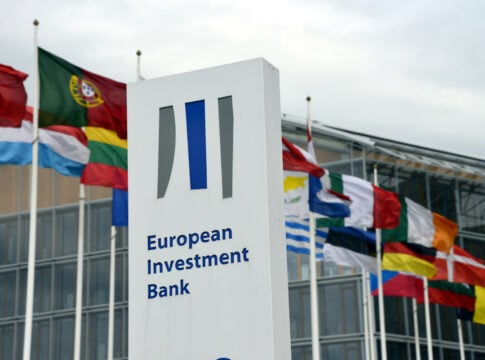Despite the most aggressive interest rate cycle, the cost of living crisis, as well as the geopolitical tension, the stock markets for most of the year recorded a positive performance.
September, however, turned out to be a month of strong pressure sending a warning message that difficult times are ahead.
In the US market, which is the largest, but also the one that sets the direction internationally, the shares of large industries, as well as those of small capitalization, have received the strongest blow.
The S&P Industrials peaked on August 1 and has fallen 8% since then. And this is because there were quite a few industries that revised down their profit estimates after the sudden jump in oil prices.
The Russel 2000 dive
The Russell 2000 small-cap index is down more than 11% from its July 31 highs. Its decline is double that of the S&P 500 over the same period.
The big drop in industrials and small-caps comes when the economy is in recession, as Bloomberg pointed out in its analysis. These companies have always been among the first to fall in times of economic pressure, as they are very closely linked to the local economy and have more limited possibilities to diversify their activities than large companies. This makes them a riskier bet for investors in times of uncertainty.
Pressure on the S&P 500
However, small caps are not the only risk signal in the market. The S&P 500, the most representative index of US stocks, is headed for its first quarterly decline in a year. Last week was the worst week for US stocks since March 10, when Silicon Valley Bank suddenly collapsed.














